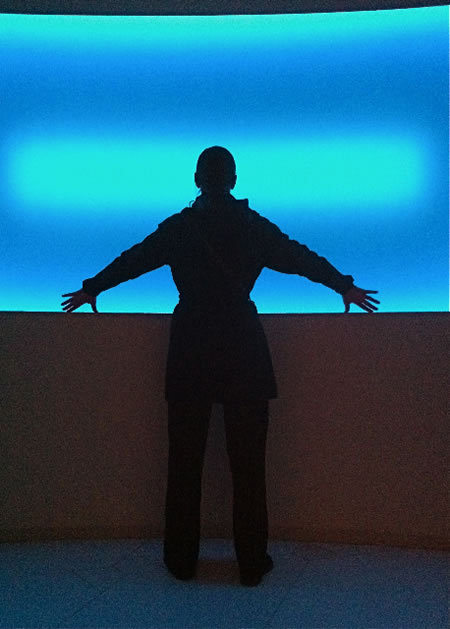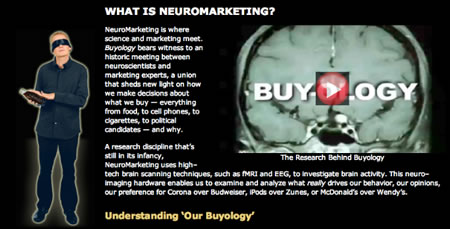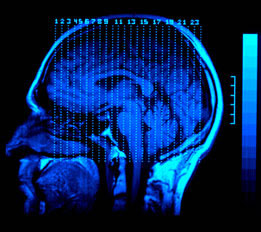
Girvin: Fontainebleau, Miami Beach
Purchasing decisions: the link to distinctive attachment in biological analysis — and Lindstrom’s Buyology. The idea of the psychic space — brand brainpower and impressionability. Is reaction just that: re-acting? Could buying be mindless?
One thing is abundantly clear, the concept of human brand (Martin Lindstrom) marketing and the modeling of spherical promotion of ideas, and ideals, in the storytelling of brand and connectedness to community is a big surge for himself as the living practicing principle/principal.
Lindstrom has been an expert promulgator of his visioning – and alignment with pushed editorial and online digital video — is just the right rippling burst to get the messaging out. One is theory, the other is the marketing alignment — in this instance, moving from the principles of brand boosting — sensuality being one of them, the sensational qualities of brand experience, to another, creating an entire marketing strategy around that positioning (the neuroscience of the “we” of the consuming heritage and our buying history.)
Buyology is a strategy of neuroscientific truth telling — according to Lindstrom and his colleagues — it’s the real, about the buy. But what’s interesting is the notion of a group that’s founding a certain newness in the generation of the study of how people react in the process of buying, then strategically seeing the value in researching and building a publishing premise around it, then designing a newly inspired consulting practice from it. Nice alignment, and perhaps one of the most truthful linear sequences of brand management, attached to a “human” that I’ve seen.

How the agency / book / person thinks: “Until now, most marketing, advertising and branding strategies have been built on qualitative and quantitative market research. The fact is, roughly 90% of our consumer buying behavior is unconscious, and we can’t actually explain our preferences, or likely buying decisions, with any accuracy. So market surveys and customer questionnaires are of dubious value. As brands pour millions of dollars into advertising that may or may not hit the mark, we realize that the time has come for a paradigm shift. Advertisers need to know what directs our buying decisions. NeuroMarketing will help us make the transition towards understanding the truth and lies about why we buy.

Imagery from Buyology
It circumvents the question and answer approach of conventional research. A non–verbal research method, NeuroMarketing bypasses a subject’s claims by going straight to the source and examining the consumer’s brain responses.
Today, we still know so little about the brain. But, in years to come, as we learn more and more about the brain and its functions, we will be able to decipher even more from observable brain activity. We will have an ever–expanding framework within which to interpret data. You could compare what we know of the brain today to what Christopher Columbus understood of the globe in the 15th century. His charts represented a great leap forward in civilization’s knowledge of the world but, with hindsight, we can see how much more there was yet to discover. Our current knowledge of the brain is similarly primitive. NeuroMarketing, the marriage between neuroscience and marketing, is opening windows on our consumer lives and revealing, for the first time, our ‘buyology’.
Like all emerging fields, NeuroMarketing is practised by real experts and by others who claim to have expertise they don’t.

Imagery from Buyology
And, like all research, the accuracy of NeuroMarketing results depends on good planning and thoroughly considered processes in order to elicit meaningful data from, in this case, observed brain activity.
In 2004 a number of studies were published about the methodology and these helped to raise debate about the ethics of NeuroMarketing research. A Coke–Pepsi study, published in Forbes magazine, particularly prompted discussion. Buyology should further the debate about both the ethical application of NeuroMarketing and its competent practice. If you want to examine some of the ethical concerns about the technique, a good place to start is www.commercialalert.org.
Commercial Alert plays a valuable role in monitoring commercialism and challenging commercial practices which impinge on, or effect in any way, the community, family and democratic values of the broad community.”
That sequence of quotations and thinking, pulled from the link at the head of the conceptions, is just the marketing foundation of Lindstrom/Buyology tactical structures. Good to know, but interesting to study their own “neuro-science” of marketing the columnar pillars of their strategy, people, site, books, products, appearances, videos…it doesn’t get any more comprehensive. Examined, the human brand of Lindstrom, here.
Sure, there are plenty of other remarkable innovators, looking for, creating brands that are wrapped in the spirit of the “human brand” — the sphere of story that ripples out, echoing idea and inspiration.
Friends (and clients) note the biological imperative in the new telling of Buyology’s analyses of the winners, 2010 — the best brands, and why. Here goes.
First off, the testing methodology relates to highly emotional and visible interpretations — conceptions that reach into the cortex of the brain, in the varying sectors of their assessment — these link to their studies of loyalty and commitment. What about that — these attachments? Still, too — the sense of strength, heritage and legacy — buying reactively, that’s the sole (and soulless proposition of action, reacted)? And the bridging psychic associations — what comes to mind, what flows to memory, and in the imagery, what feeling are buoyed?
The psychic registry of response, to the buyological / biological interpretation of the study offers —
The top 20 brands most desired by women:
- Johnson & Johnson
- Sony
- Kleenex
- National Geographic
- MasterCard
- Amazon
- Visa
- General Electric
- Toshiba
- Crest
- Microsoft
- Disney
- Target
- Tropicana
- BMW
- Febreze
- Ford
- Olay
- Chase
And the men — the top 20 brands:
- Crest
- BMW
- National Geographic
- Panasonic
- Hyundai
- Kleenex
- Coca-Cola
- Microsoft
- Tide
- Lexus
- Apple
- Bed Bath & Beyond
- Ford
- Animal Planet
- Hitachi
- Mercedes-Benz
- FedEx
- Procter & Gamble
- Hallmark
- Geico
I ponder the links to commitment and loyalty — are there deeper links? Loyal, to relationship, in the construct of legacy is merely “legal” — from the Latin lex — to legalem, the old French — loial, French — and later, in the mid 16th century, subjects to the sovereign. But commit is different, to relationship.
In speaking with clients over the course of the last number of days, what I find intriguing is the nature of the promise. Really, promise is mission — it is what is carried out, in earnest, in support of the relaionship. And the idea of relationship is something to the Latin, relatus — a reference — from the relating, a carrying, a bringing back. Interestingly, the notion of the psychic bridge to brand, or to any relationship, is what you carry out, and what you carry — or bring — back. Some, to the Buyological imperative, seem obvious; others less so. There are so many tests, gatherings, presumptions and outcomes of massed arrangements of data.
In the end, it’s what feels right. I mean that in the truest sense of the word — to the listing, the interpretations, the listening and the speaking of the brand or human truth — what feels correct, true, right?
Expand the testing criteria to the right statured configuration and you’ve got massing that will be conventional. But where’s the surprise?
For the women — the nurturing caring mother archetype of Johnson & Johnson, the number one preference to brand connection, links to the feminine principles of that place in the heart of the matriarchal. Beyond — men, the sequencing is stranger and less recognizable. First off, Crest (heritage?) BMW — that distinction reaches to the edge of action, speed, the design of masculine sensibility in the combining of these personal elements. National Geo. Adventure.
The bridge from the psychic and nearly unconscious reaction makes sense to the idea of the gathering intention of intuition. But what I find compelling is the conscious space, the absorption of the added content of the story, locality, physicality, the sensate space, all of which support a more wholly felt relationship.
People react. People sense. People intuit. People gather. The holism of experience and impression couple with the neural — the feed is whole.
As are people.
T I M
–––––
THE HUMAN BRAND: STORIES, STRATEGIES, IMPRESSIONS
https://www.girvin.com/subsites/humanbrands/
the reels:http://www.youtube.com/user/GIRVIN888
girvin blogs:
http://blog.girvin.com/
https://tim.girvin.com/index.php
girvin profiles and communities:
TED: http://www.ted.com/index.php/profiles/view/id/825
Behance: http://www.behance.net/GIRVIN-Branding
Flickr: http://www.flickr.com/photos/tgirvin/
Google: http://www.google.com/profiles/timgirvin
LinkedIn: http://www.linkedin.com/in/timgirvin
Facebook: http://www.facebook.com/people/Tim-Girvin/644114347
Facebook Page: http://www.facebook.com/pages/Seattle-WA/GIRVIN/91069489624
Twitter: http://twitter.com/tgirvin